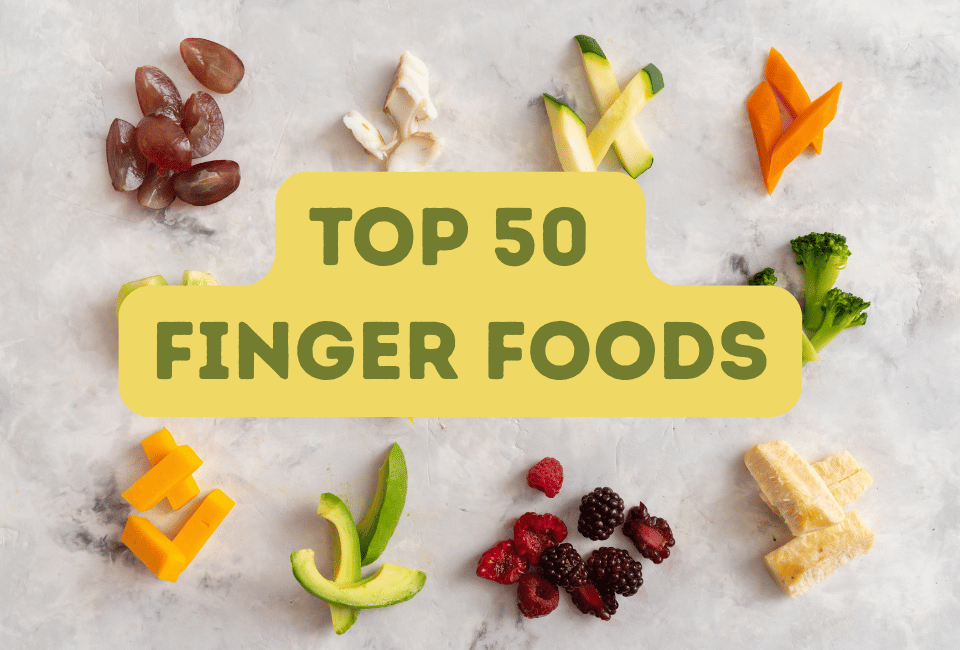
Introducing your baby to solid foods is one of the most exciting milestones of early childhood. By 6 months, many babies are ready to try baby finger foods, and baby-led weaning foods are a perfect way to make this transition. Not only do these foods allow your little one to explore different textures and flavors, but they also encourage independence and motor skill development. If you’re wondering what the best food for BLW is, or how to safely begin the process, you’re in the right place. Let’s dive into everything you need to know to make this exciting journey a success!
What Are Baby Finger Foods?
Baby finger foods are small, manageable pieces of food that your baby can hold, grab, and feed themselves. At 6 months or older, babies begin to develop the necessary motor skills for self-feeding, and finger foods allow them to explore a variety of textures and flavors on their own. These foods are soft, safe, and easy to grasp, making them ideal for baby-led weaning (BLW), where the baby takes the lead in deciding how much and what they want to eat.
Baby-led weaning foods are typically fresh, whole foods that are easy for babies to pick up and chew. BLW encourages babies to explore food with all of their senses, helping them build a positive relationship with food while also strengthening hand-eye coordination and chewing skills.
That said, there’s nothing wrong with offering purées now and then—even if you’re doing BLW! Many parents take a flexible approach, combining self-feeding with the occasional spoon-fed meal. Want to understand how these approaches compare? Check out my article Purees vs Baby-Led Weaning: What’s the Difference?
The Benefits of Baby-Led Weaning (BLW)
If you’re considering baby-led weaning foods, there are numerous benefits to this approach.
- Encourages independence: BLW lets babies feed themselves, fostering a sense of autonomy and confidence in their eating habits.
- Supports motor skills development: Grabbing and handling food helps babies develop fine motor skills. They learn to use their hands and fingers to pick up objects, which is great for their hand-eye coordination.
- Teaches portion control: Babies learn to regulate their food intake, eating when they’re hungry and stopping when they’re full—an essential skill for developing a healthy relationship with food.
- Exposure to textures and flavors: BLW encourages babies to try different foods and textures, helping them develop a more adventurous palate as they grow.
- Promotes family mealtime bonding: BLW allows babies to join family mealtime routines, sitting at the table and eating together, which promotes family bonding and social development.
The Best Baby Finger Foods for BLW
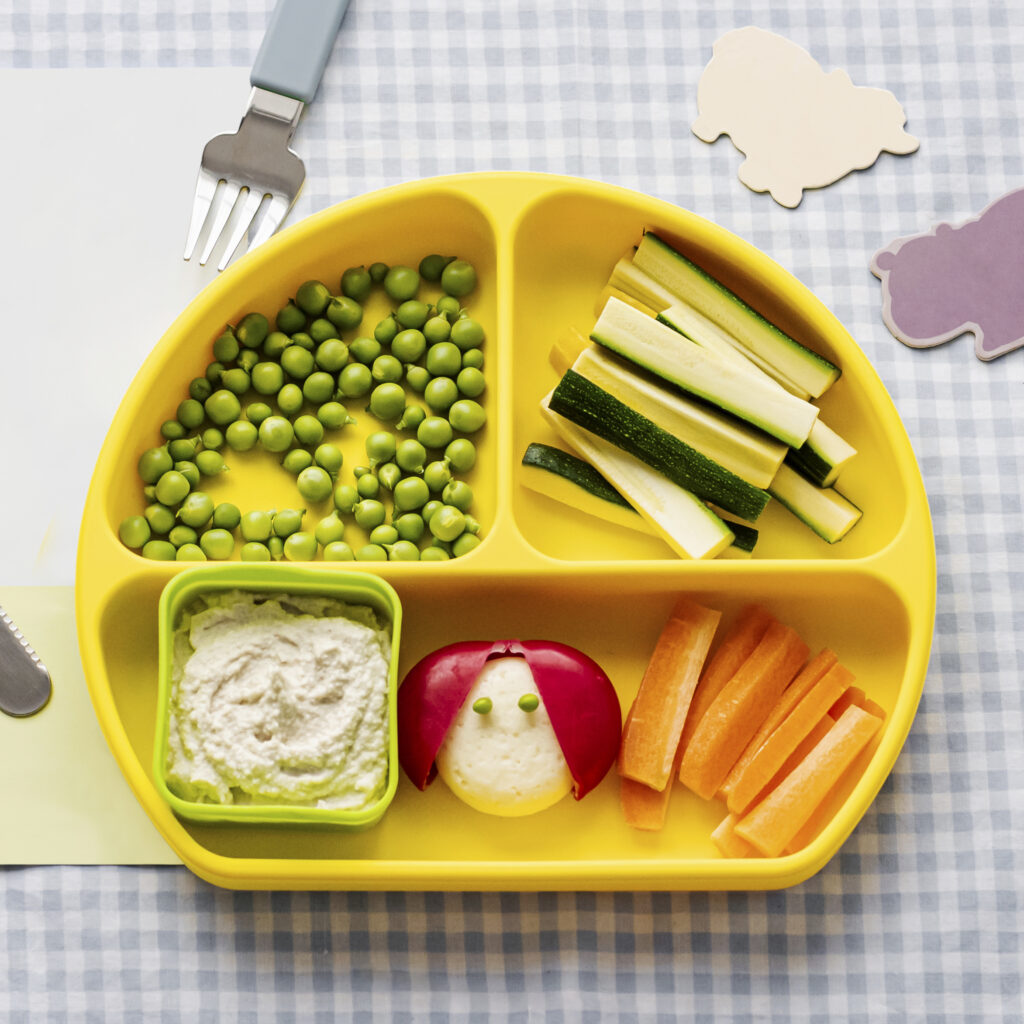
Now, let’s talk about the best baby finger foods for BLW. The foods you choose should be soft, easy to hold, and safe for your baby to chew. Here’s a great list of options to get you started:
- Avocado slices – Cut ripe avocado into strips or cubes. Serve raw. It’s soft, easy to grasp, and packed with healthy fats.
- Steamed sweet potato sticks – Steam or bake sweet potatoes until tender, then cut into finger-sized sticks. A sweet, nutrient-dense option that’s easy for babies to hold.
- Banana slices – Cut a ripe banana into slices or mash lightly to create a more manageable consistency. A soft, naturally sweet snack.
- Steamed carrot sticks – Peel and cut carrots into thin sticks. Steam until soft. Great for chewing practice and full of vitamin A.
- Whole grain toast strips – Toast whole grain bread and cut it into strips. Serve plain or with a small spread of mashed fruit or avocado.
- Cheese cubes (mild, low-sodium) – Cut cheese into small cubes or strips. Offer mild varieties like mozzarella. High in calcium for bone health.
- Oatmeal finger cookies – Make simple baby oatmeal cookies with oats, mashed banana, and a pinch of cinnamon. Easy to hold and chew.
- Apple slices (peeled and soft) – Peel and steam or bake apple slices until soft. You can serve them warm or cool for an easy-to-handle snack.
- Soft-cooked peas – Steam peas until tender and serve. These tiny bites are perfect for babies learning to pick up small foods.
- Baby-sized pancakes (without syrup) – Make mini pancakes using whole wheat or oat flour. Serve them plain or with a bit of mashed fruit.
- Cucumber sticks – Cut cucumber into thin sticks. You can peel it for a softer texture. Serve raw or lightly steamed for a refreshing snack.
- Zucchini sticks (steamed or baked) – Cut zucchini into sticks and steam or bake until soft. A mild-tasting vegetable that’s easy to hold.
- Broccoli florets (steamed) – Steam small broccoli florets until soft but firm enough for baby to grasp. Packed with fiber and vitamin C.
- Soft scrambled eggs – Scramble eggs until soft and fluffy. Cut into small, bite-sized pieces or serve in large strips for babies to grasp.
- Mini rice cakes – Choose unsalted rice cakes and break them into bite-sized pieces. They’re light and easy for little hands.
- Tofu cubes (steamed or grilled) – Cut tofu into small cubes, steam or grill lightly. Tofu is a great protein source and has a soft texture.
- Small fruit pieces (melon, pear) – Cut melon or pear into bite-sized pieces. Serve raw for a refreshing and hydrating snack.
- Small cooked pasta shapes – Cook small pasta shapes (like penne or rotini) until soft. Toss with a bit of olive oil or mashed veggies for flavor.
- Soft-cooked green beans – Steam or boil green beans until soft, then cut them into smaller pieces. A good source of fiber and vitamins.
- Mini muffins (baby-friendly ingredients) – Bake mini muffins using baby-friendly ingredients like oats, applesauce, and mashed banana. Soft and easy to hold.
- Sweet potato fries – Slice sweet potatoes into fries and bake them until tender. Serve with no salt or seasonings for a healthy finger food.
- Soft peach slices – Peel and slice ripe peaches. You can steam them lightly or serve raw if they’re soft enough.
- Steamed cauliflower florets – Steam cauliflower florets until soft, then let them cool. These tiny florets are easy for babies to hold and chew.
- Whole wheat crackers – Choose whole grain, unsweetened crackers. Serve in small pieces that are easy for baby to grip and munch.
- Soft cooked mushrooms (peeled and sliced) – Steam or sauté mushrooms until soft, then slice into small pieces. Offer without seasoning for a mild flavor.
- Chicken strips (shredded or soft pieces) – Cook chicken until tender, then shred into small pieces or cut into soft strips. Ideal for protein-rich finger food.
- Fish sticks (homemade, soft) – Make homemade fish sticks with mild white fish, breadcrumbs, and a light bake. Ensure they are soft and easy to chew.
- Baby-sized burrito slices (without spicy ingredients) – Roll a soft tortilla with mashed beans or avocado, then cut into small slices. Mild and easy to hold.
- Pear slices – Peel and slice pears into soft pieces. Serve raw or lightly steamed if preferred. Naturally sweet and gentle on baby’s tummy.
- Small bites of soft cooked quinoa – Cook quinoa until soft, then serve in small bites or press into small cubes. A high-protein grain with a soft texture.
- Mashed potatoes (served in small clumps) – Serve soft mashed potatoes in small clumps or shapes. Avoid too much butter or seasoning.
- Soft steamed pumpkin pieces – Steam pumpkin until soft, then cut into small pieces. A naturally sweet veggie that’s gentle on baby’s stomach.
- Mini veggie fritters – Make small fritters from grated veggies like zucchini or sweet potato mixed with egg and breadcrumbs. Bake or lightly fry.
- Soft cooked corn kernels – Steam or boil corn until soft, then serve kernels cut off the cob. Sweet and easy to pick up.
- Cantaloupe cubes – Cut ripe cantaloupe into bite-sized cubes. Serve raw for a sweet, hydrating snack.
- Soft pineapple chunks – Peel and slice fresh pineapple into soft, bite-sized pieces. A tropical treat that’s sweet and juicy.
- Small cubes of baked squash – Bake squash until soft, then cut into small cubes or strips. A mild and nutritious finger food.
- Mini homemade veggie burgers – Make veggie burgers using mashed beans, oats, and grated veggies. Bake or pan-fry until soft and serve in small pieces.
- Soft cooked asparagus spears – Steam or boil asparagus until soft, then cut into small pieces. A great fiber-rich veggie for babies.
- Shredded chicken or turkey – Shred cooked chicken or turkey into tiny pieces. A high-protein food that’s easy for baby to grab.
- Pita bread pieces (whole wheat) – Cut whole wheat pita bread into small pieces. You can serve it plain or with a spread like hummus.
- Soft boiled egg halves – Boil eggs until soft, then cut them into halves or quarters. A great source of protein and easy to eat.
- Soft-cooked beets (sliced) – Steam or roast beets until tender, then cut into small slices. A colorful, iron-rich veggie.
- Mini veggie omelet pieces – Make an omelet with soft-cooked veggies like spinach or tomato. Cut into small, bite-sized pieces.
- Rice and veggie balls (baked) – Combine cooked rice with finely grated veggies and bind with egg. Form into small balls and bake.
- Soft-cooked parsnips (sliced) – Peel and steam or roast parsnips until tender, then cut into small slices or sticks. A mild, root vegetable option.
- Homemade granola bars (baby-friendly) – Make simple granola bars using oats, mashed fruit, and a little honey (if over 1 year old). Bake into small, soft squares.
- Soft-cooked kale pieces – Steam or sauté kale until tender, then chop into small pieces. A nutrient-rich green that’s soft enough for babies to chew.
- Homemade apple chips (baked) – Thinly slice apples, then bake at a low temperature until crispy. Serve as a crunchy alternative to regular fruit.
- Small baby-sized stuffed pita with soft fillings like cheese and veggies – Fill a small whole-wheat pita with mild cheese, mashed avocado, or soft veggies. Cut into small pieces for easy handling.
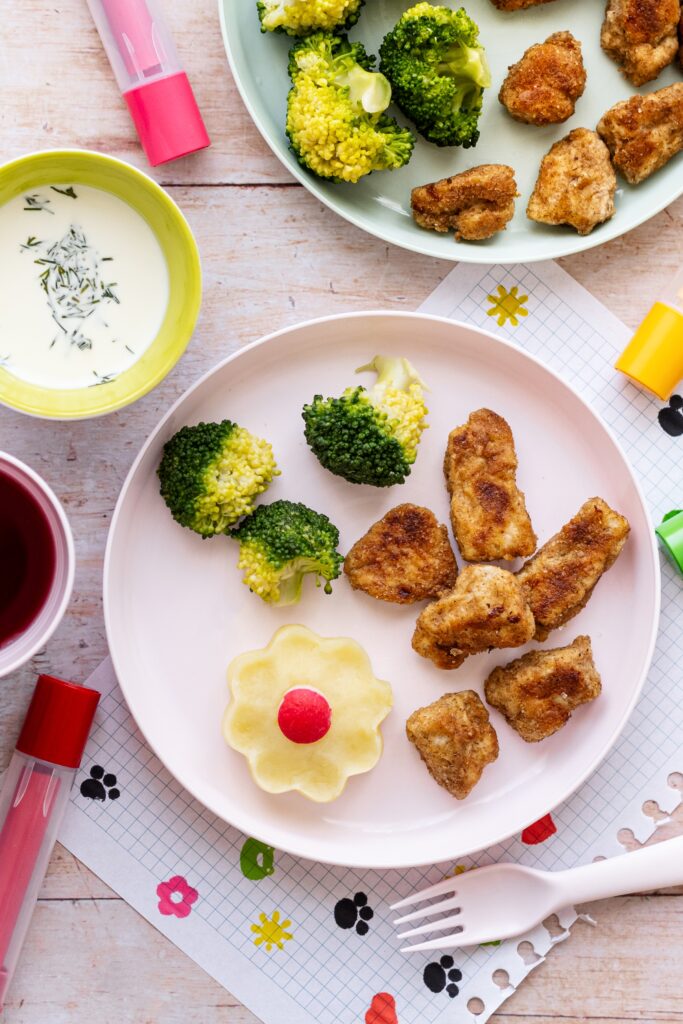
Troubleshooting Common Issues in Baby-Led Weaning
Starting baby-led weaning foods may seem like a breeze, but there are a few common challenges parents face along the way. Let’s talk about how to handle them:
1. Refusal of Certain Foods
It’s normal for babies to refuse foods, especially early on. Keep offering a variety of foods, even if your baby doesn’t seem interested at first. Their taste preferences may change as they continue to explore.
2. Messiness
BLW can get messy! Prepare yourself for some clean-up time, especially when your baby is learning how to hold and feed themselves. Consider using bibs, high chair liners, and a waterproof mat for easy cleanup.
3. Gagging vs. Choking
Gagging is a natural reflex that helps babies clear their airways. It’s not the same as choking, which is a serious concern. Always supervise your baby while eating, and offer age-appropriate foods that are soft and easy to handle. Learn the difference between gagging and choking so you can stay calm and react appropriately if needed.
Expert Tips for Safe and Successful Baby-Led Weaning
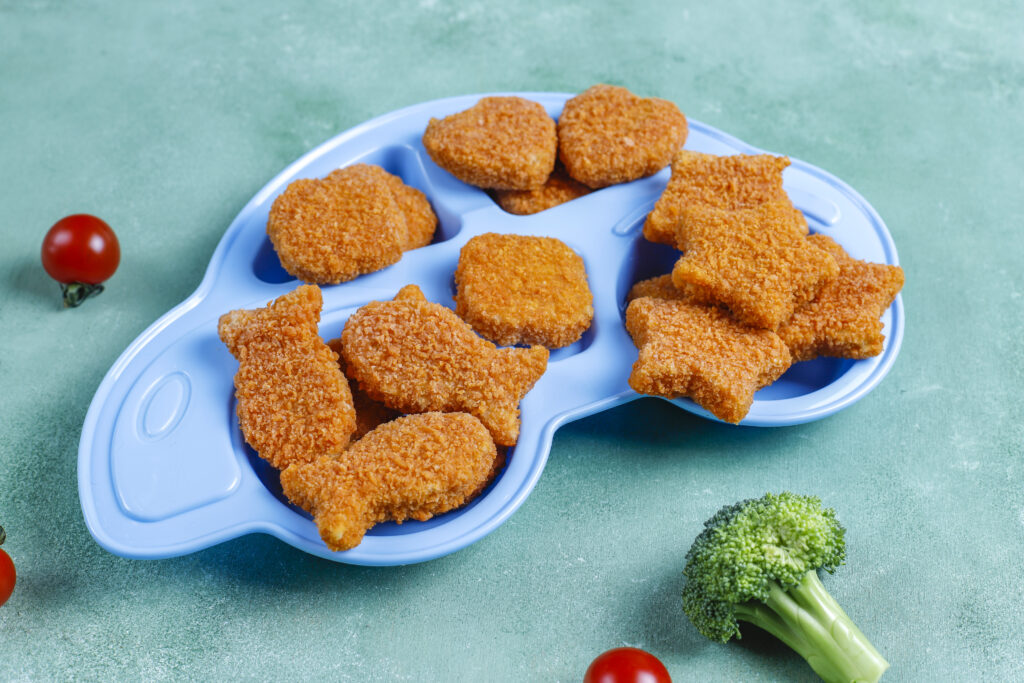
Here are some expert recommendations to ensure a smooth transition to baby-led weaning:
- Start with soft foods: Begin with softer foods that are easy to mash with your baby’s gums, such as avocados or bananas.
- Cut food into small, manageable pieces: Always make sure the food pieces are small enough to avoid choking hazards. Think about the size and shape that are easy for your baby to hold.
- Introduce one food at a time: Introduce one new food every few days to help identify any potential allergens. Learn more about how to safely introduce allergens here.
- Offer a variety: Don’t be afraid to offer different types of food. The more variety your baby is exposed to, the more likely they’ll develop a broad palate.
Real-Life Parent Experiences
Many parents find BLW to be an exciting journey, though it can come with some learning curves. Here are some real-life insights:
- “We started with soft carrots and avocado slices, and it was a game-changer for us. It felt like we were letting our baby take the lead in feeding herself, which was empowering for her—and for us!” — Emma, mom of 8-month-old Sophie.
- “At first, I was nervous about choking, but after doing a little research, I felt more confident. It was amazing to see my son discover the textures and flavors on his own, and now he loves eating all sorts of veggies!” — Laura, mom of 10-month-old Max.
Meal Planning for Baby-Led Weaning
Creating a meal plan that incorporates baby finger foods is a great way to stay organized. Here’s an example of a simple BLW-friendly meal plan:
Breakfast: Scrambled eggs, avocado slices, and whole grain toast strips
Lunch: Steamed broccoli, cucumber slices, and a few small pasta shapes with olive oil
Snack: Banana chunks and soft cheese cubes
Dinner: Sweet potato wedges, steamed carrots, and chicken strips
Curious what a full day of feeding looks like at different ages?
Check out my feeding schedules for 7-month-olds and 8-month-olds for age-appropriate sample days, tips, and realistic meal ideas.
Conclusion
Baby-led weaning is a fantastic way to help your baby explore new foods while developing important skills like self-feeding and chewing. By offering a variety of baby finger foods, you’re supporting their growth and allowing them to enjoy mealtime in an interactive and enjoyable way. Whether it’s soft veggies, ripe fruits, or protein-packed options, the best food for BLW is the one that fits your baby’s preferences and nutritional needs. Just remember to keep it safe, fun, and stress-free! Looking for vegan-friendly finger food ideas? This article has plenty to choose from.
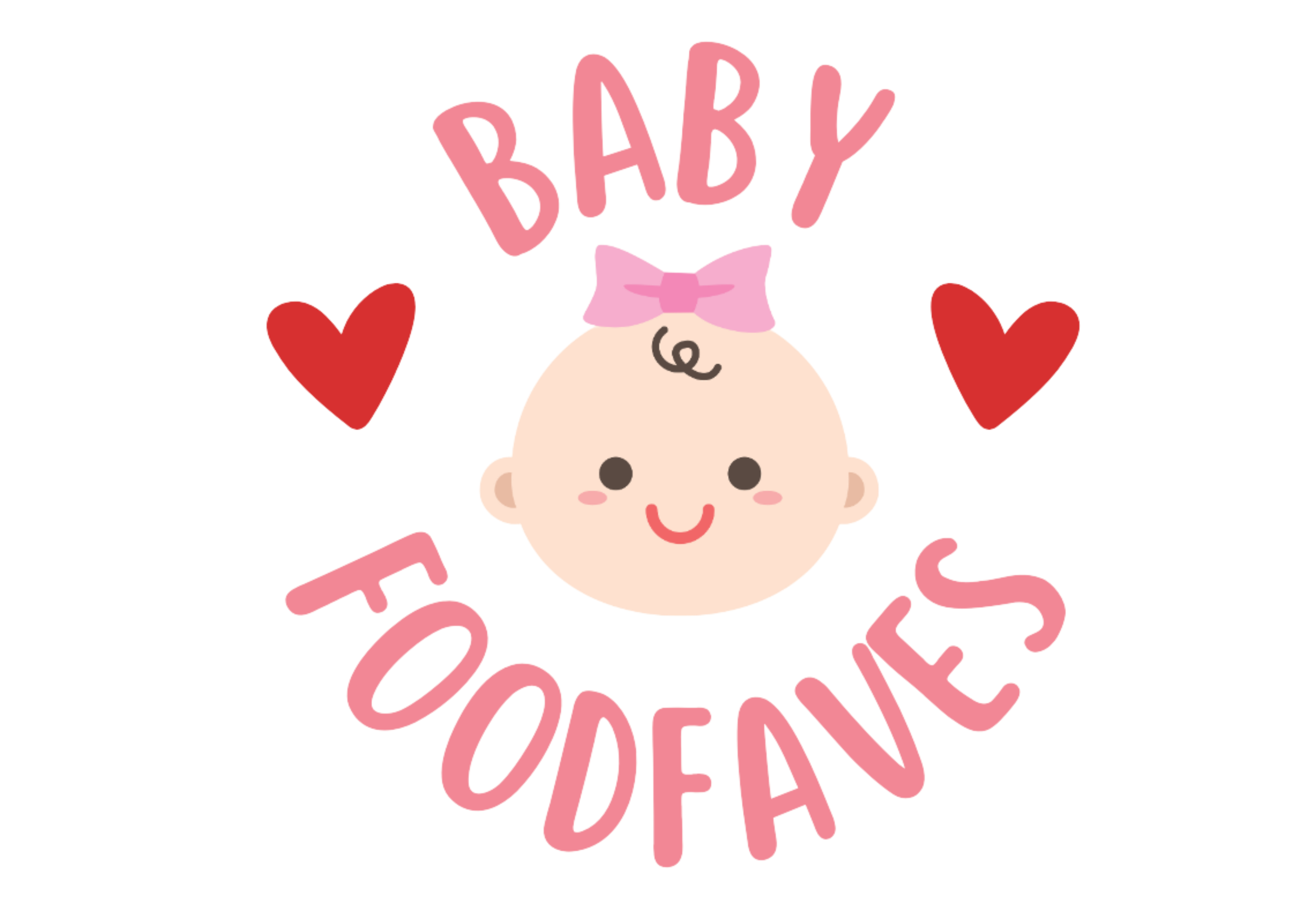

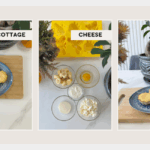
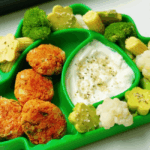
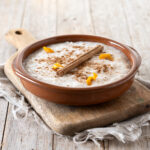

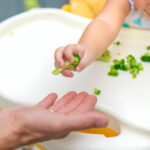


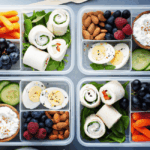
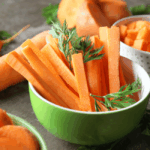

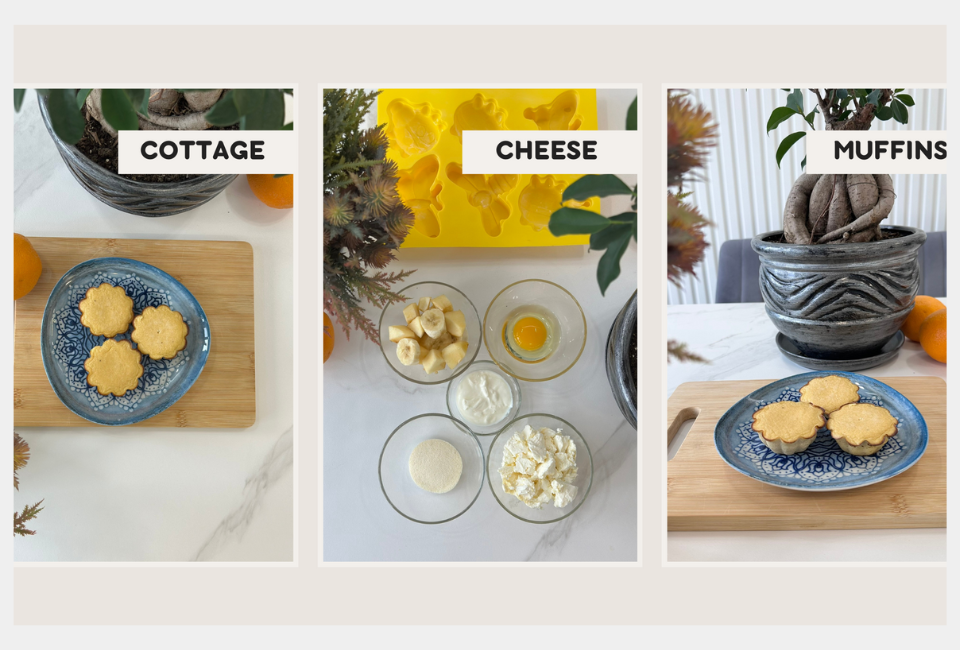
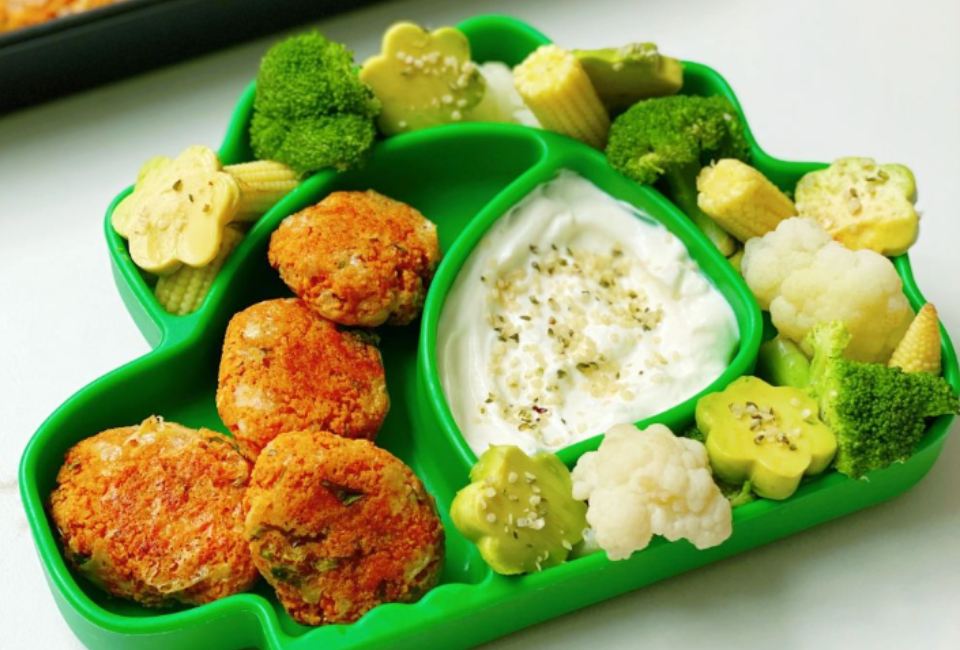
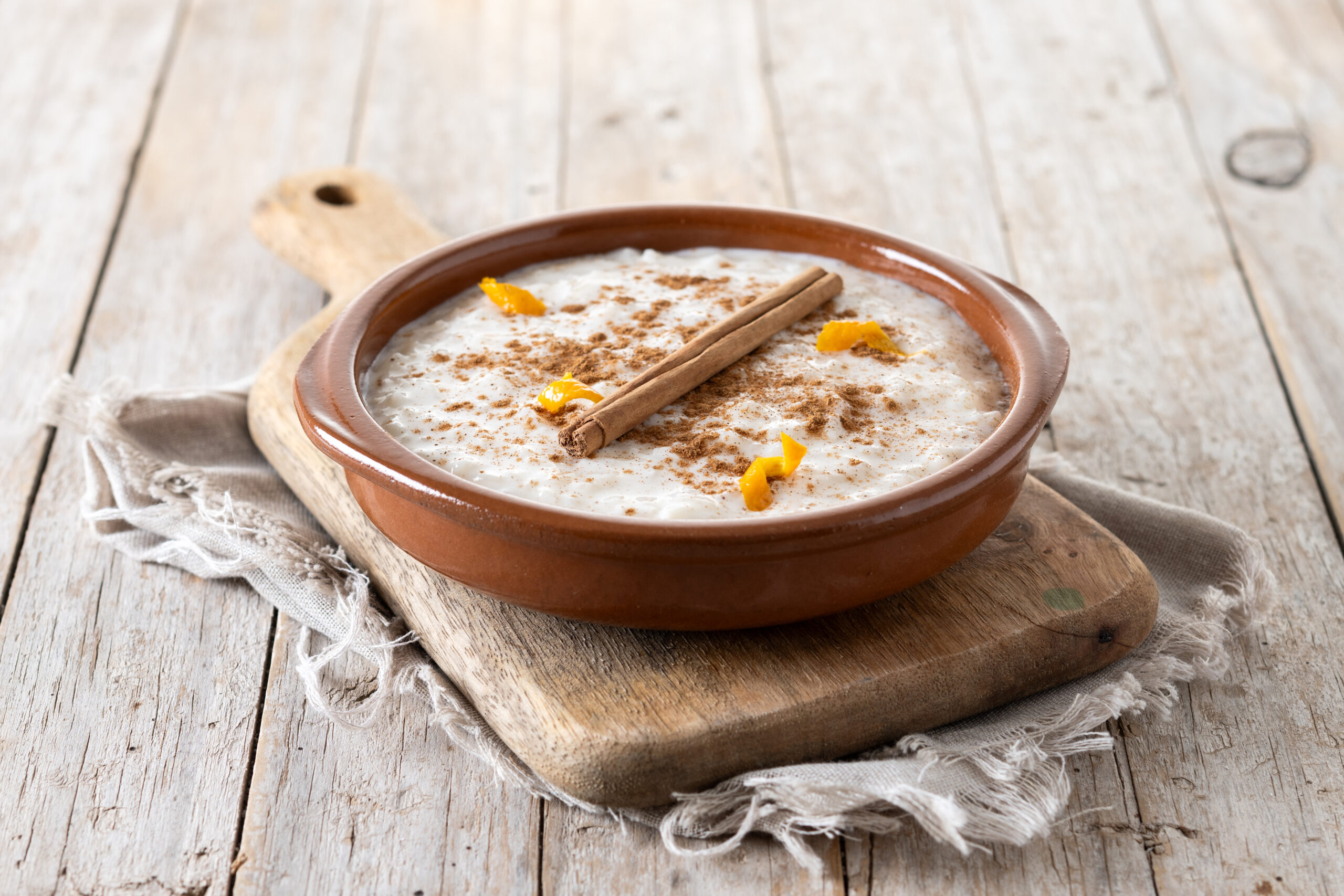
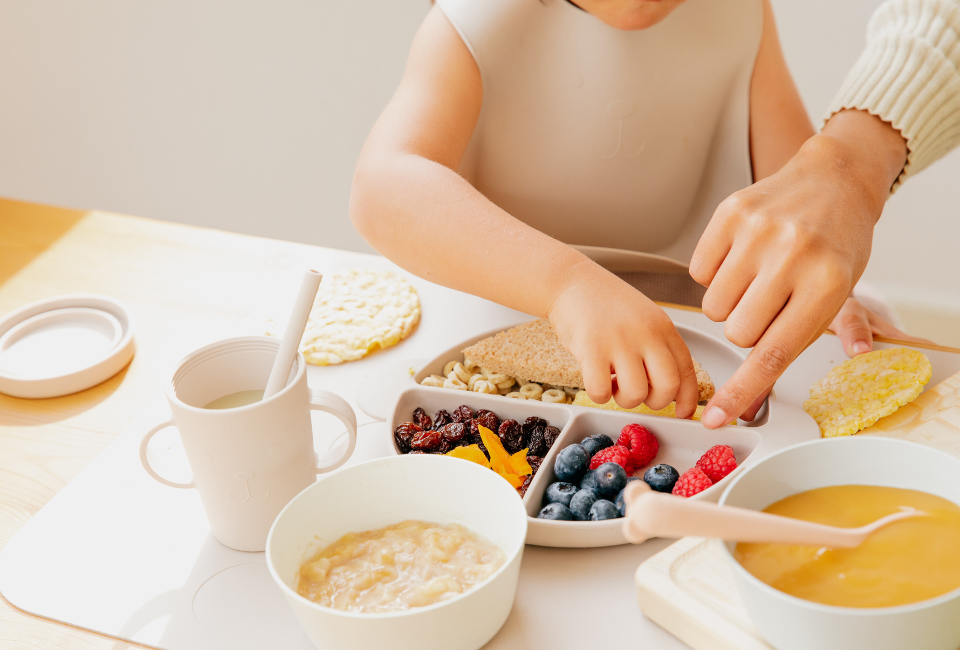
Leave a Reply